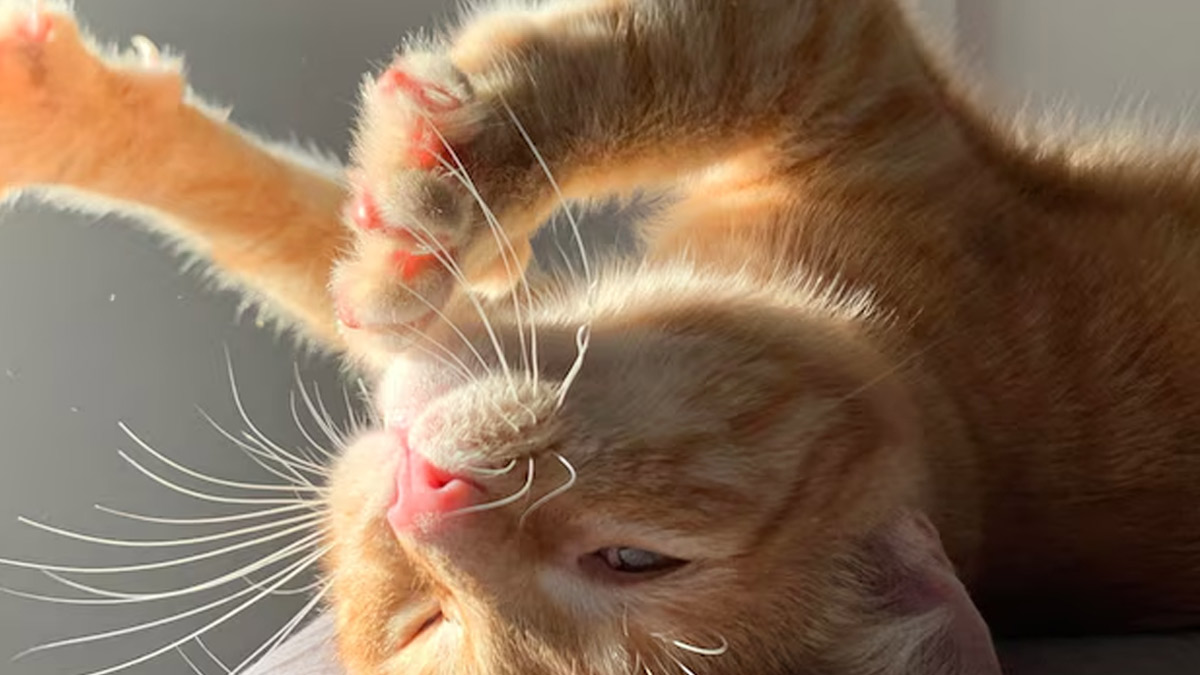
As a cat lover, you may think a scratch or a bite by a feline is harmless and even cute at times. You may let their aggressive actions slide by thinking they’re more playful than usual. But did you know this neglect can pose a severe risk to your life? While you may have heard of rabies, a fatal but preventable viral disease, there is another condition that a cat’s scratch may put you at risk of: cat scratch disease.
Table of Content:-
What Causes Cat Scratch Disease?

Dr Monalisa Sahu, Consultant Infectious Diseases, Yashoda Hospitals, Hyderabad, describes cat scratch disease or fever as an illness caused by the bacteria Bartonella henselae (B. henselae).
According to StatPearls Publishing, cat scratch disease affects 55% of children younger than 18 years of age, of whom 60% are males. Interestingly, more than one-half occur in September through January in the United States.
Dr Sahu adds that B. henselae, the bacteria that causes cat scratch disease, can infect you if a cat bites or scratches or licks an open wound. Though it is not very common, it is also not rare.
Symptoms Of Cat Scratch Disease
According to Dr Sahi, cat scratch disease usually shows up within a week or so after a scratch. Common symptoms include:

- Small skin bumps
- Swollen lymph nodes
- Fever
- Body aches
- Fatigue
- Sometimes, loss of appetite or weight
When Should You Seek Emergency Help?
“One should seek medical care right away if a cat scratch becomes red or swollen, or if you develop flu-like symptoms such as fever, fatigue, joint pain, or loss of appetite,” emphasises Dr Sahu.
Severe consequences, often seen in immunocompromised individuals and children, can include encephalopathy (brain dysfunction), neuroretinitis (inflammation of the eye's retina and optic nerve), osteomyelitis (bone infection), and endocarditis (heart inflammation).
How To Prevent Cat Scratch Disease?

Dr Sahu shares that pet owners can lower infection risks by taking certain measures. These include:
- Keeping cats indoors
- Using flea prevention
- Trimming their nails
- Washing hands after handling them
- Promptly cleaning any scratches or bites
- Avoiding rough play and never letting pets lick open wounds
Also Read: Can You Get Rabies From A Pet's Saliva? Here's What You Should Know
Treatment Options For Cat Scratch Disease
Research suggests the mortality rate for untreated cat scratch disease is 40%. The good news is that the same research article suggests that in 90-95% of children, the condition "will resolve spontaneously with symptomatic control, including analgesics, antipyretics, and warm compresses."
However, in certain cases, antibiotics may be prescribed to reduce symptom duration or prevent spread, particularly in immunocompromised individuals or those with systemic complications. In severe cases with large, painful lymph nodes, a healthcare provider may drain or remove the node.
Conclusion
Cat scratch disease is a bacterial infection that occurs after a cat scratches or bites you or if they lick an open wound. While it can resolve on its own, it is crucial to get a medical examination to understand the severity of the scratch. It is also important to remember that besides cat scratch disease and rabies, cat scratches can spread infections like tetanus and methicillin-resistant Staphylococcus aureus (MRSA). Therefore, ensure that you get proper medical guidance.
Also watch this video
How we keep this article up to date:
We work with experts and keep a close eye on the latest in health and wellness. Whenever there is a new research or helpful information, we update our articles with accurate and useful advice.
Current Version
Sep 16, 2025 16:07 IST
Published By : Tenzin Chodon